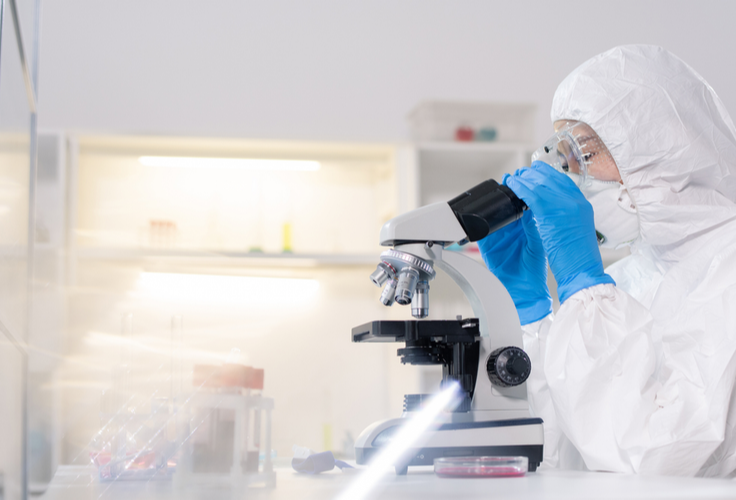
Environmental monitoring (EM) and testing in laboratory settings are key components in operating a lab successfully and safely. In order to remain safe — and compliant with regulations — facilities must regularly test, document and track viable data throughout the lab and during the course of testing. In this article, we will explore the reasons that environmental monitoring is so critical and how to carry it out successfully.
Why Are Environmental Sampling and Monitoring Important?
When handling, testing and processing hazardous materials and chemicals, it is of the utmost importance to ensure that these potentially dangerous compounds are being properly controlled. They need to be handled so that they do not pose a risk to personnel, the environment, or other materials and samples in the facility.
Reasons for environmental monitoring include:
- Maintaining worker safety and preventing acute (short-term) or chronic (long-term) exposure to hazardous materials
- Maintaining compliance with industry and governmental regulations and certifications
- Protecting the environment around the facility
- Ensuring a baseline state of control over handling processes in the facility
- Protecting other materials in the facility, such as testing samples or medical products
- Gaining insight into potential trends, and responding to them proactively
- Identifying any areas of concern in the facility
- Verifying the efficacy of cleaning and disinfection processes
- Tracking and identifying potential sources of contamination
- Establishing baseline, alert and action levels
- Identifying potential needs for training or additional process implementation
- Providing data on demand
Environmental monitoring is required to adhere to current good manufacturing practices (cGMP). In addition, several regulatory bodies identify the need for environmental monitoring in order to remain in compliance — specifically environmental monitoring trending data, meaning regular, planned monitoring. These entities include:
- The FDA, through several procedures and guidance documents
- European Commission EudraLex
- PIC/S
- USP <1116>
- And more
The FDA has, in fact, issued several warnings regarding improper monitoring and record keeping. It is thus critical that your facility follow the proper practices and steps to remain compliant.
How to Conduct Proper Environmental Monitoring
In order to carry out proper environmental monitoring and testing, several steps and procedures should be followed. First, it is important to understand what should be tested. Potential testing subjects include:
- Active viable air samples
- Passive viable air samples
- Non-viable particulates
- Surface samples
- Personnel
- Microorganism testing
- Water systems
- Airflow systems
- Compressed gas systems
In addition, it is critical to note the “trending” component of acceptable environmental monitoring. One-off or irregular monitoring is insufficient to meet the requirements of regulatory bodies. Singular tests also will not yield any of the potential benefits described above, including safety monitoring and the ability to identify potential problems before they create bigger issues.
Trending environmental monitoring must be carried out regularly and under controlled, repeatable conditions, so that it can be documented and used to create a practical, productive set of results. Without this type of useful data collection, results can be misleading or even inaccurate. This could potentially lead to unsafe working environments, compromised lab work and failure to comply with regulations.
Technical Safety Services is a testing and certification leader that performs services for controlled environments, including laboratories, cleanrooms and research facilities. To learn more about how we can test and certify your work environment to help you remain safe and in compliance, contact us today.

